Behind every nonprofit’s mission, values, and program is a story that explains your purpose and inspires others to support you in your cause. Perfecting how you tell these stories can improve everything from how you develop your programs to how you pitch your proposals for funding.
The four main stories every nonprofit organization should know include:
The Origin Story
This story explains the conditions and events that led to the founding of your nonprofit. It usually starts in the past, when the founder or dedicated group of individuals first encounter what would evolve to become the organization’s mission.
The origin story can be very personal, especially if the founder is part of the community they serve. Sharing a nonprofit’s background story on its website and in fundraising materials helps potential donors connect emotionally with your work. The origin story can also shape a nonprofit’s culture and values.
The founder’s intentions can serve as a guiding light in decision-making.
The Hero’s Journey
This multi-stage storytelling approach is most effective when describing the experience of an individual who has benefitted from your programming.
It begins by describing the individual’s circumstances and challenges. The story then describes how they become involved with the nonprofit and how this has altered their course, or supported them in their accomplishments.
When relaying these types of stories, it is important to remain ethical. The participant’s experience should be described in their own words whenever possible and only used with explicit consent.
The Impact Story
This story picks up where the Hero’s Journey leaves off by describing the long-term changes your nonprofit leaves on individuals and the wider community.
Well-written impact stories leave potential donors with the impression that the work your organization does matters and will make a tangible difference.
Numbers and statistics can make an impact story much more persuasive. When you design your programs, you should always consider the metrics you will use to measure your impact.
For example, a program aiming to reduce adult illiteracy may record participant reading scores over time, while organizations addressing food insecurity can measure indicators such as tons of food distributed or meals served.
The Success Story
It is often said that the true mission of all nonprofits is to not be needed anymore. If your organization has had the amazing experience of eliminating a negative condition or circumstance, it is one of the most impactful ways to demonstrate your capacity, especially for grantmakers.
Success stories can also be used as evidence that your program is ideal for scaling or replicating.
Effective storytelling educates and motivates donors to back you as you complete your mission. Knowing which stories to tell and when to tell them is just as important as each story’s content.
If you are still unsure how to share your organization’s story or put it into words, consider joining our Grant Writing Made Easy course, where Dr. Krista Kurlinkus teaches you how to implement storytelling techniques in grant proposals.






